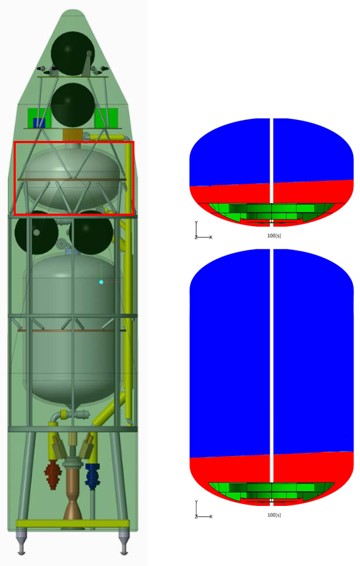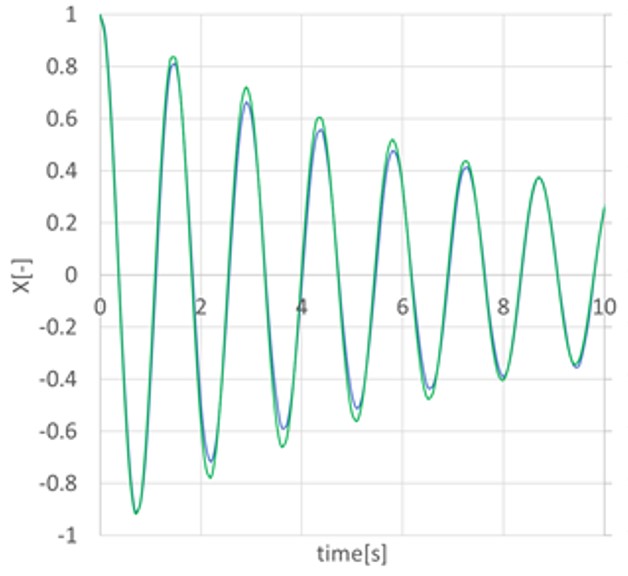Liquid-Propellant Rocket System Simulation
JAXA Supercomputer System Annual Report April 2018-March 2019
Report Number: R18EG3215
Subject Category: Research and Development
- Responsible Representative: Eiji Sima, Research and Development Directorate, Research Unit III
- Contact Information: Hiedyo Negishi(negishi.hideyo@jaxa.jp)
- Members: Yasuhito Kano, Ryutaro Furuya, Tetsuji Ogawa, Takayuki Ito, Hideyo Negishi, Yoichi Ohnishi, Miki Nishimoto, Yu Daimon, Ashvin Hosangadi, Masaaki Ino, Osamu Fukasawa, Shinji Ohno, Andrea Zambon, Takenori Nakajima, Takashi Amemiya, Yutaka Umemura, Hironori Fujiwara, Hiroumi Tani, Keiichiro Fujimoto, Tetsufumi Ohmaru, Akiko Kotani, Taroh Fukuda, Mayu Matsumoto, Masashi Toyama, Akimitsu Terunuma
Abstract
Future generation of space transport systems need not only to reduce costs with high propulsion performance but also to meet the requirements of various missions, for example moon landing, reusable upper stage rocket, Mars mission, and so on. Liquid-Propellant Rocket System Analysis has an important role to develop the next generation space transport system. Utilizing 3D numerical simulation results of the liquid rocket compornents, the componet model is developed for the system analysis. The system analysis will be used for evaluation of the development and operation for liquid rocket.
Reference URL
Please refer to ‘Research on software, computational engineering, and verification technology | JAXA|Research and Development Directorate‘.
Reasons for using JSS2
The liquid rocket component model of the system analysis tool is conventionally very simple. With the development of computer science, even if component models are more complex than before, they can be used for design. In addition, high-fidelity CFD clarified physical phenomena in the component, and it became possible to develop more accurate component models. High-fidelity CFD analysis is essential to clarify the phenomena in the liquid propulsion system, and a wide range of parameter studies that can be used for system analysis are conducted. JSS2 is used for these high-fidelity CFD analysis.
Achievements of the Year
In order to study the flight control plan of the reusable rocket RV-X, the dynamic characteristics of sloshing (moving the center of gravity of the propellant and tank) in consideration of the shape of the accessories in the propellant tank were evaluated using CFD (Fig. 1). We developed a sloshing attenuation model from the CFD results (Fig. 2) and provide it to the project. It have contributed to the development of a flight control program.
Publications
N/A
Usage of JSS2
Computational Information
- Process Parallelization Methods: MPI
- Thread Parallelization Methods: Automatic Parallelization
- Number of Processes: 1 – 4
- Elapsed Time per Case: 150 Hour(s)
Resources Used
Fraction of Usage in Total Resources*1(%): 1.22
Details
Please refer to System Configuration of JSS2 for the system configuration and major specifications of JSS2.
| System Name | Amount of Core Time(core x hours) | Fraction of Usage*2(%) |
|---|---|---|
| SORA-MA | 1,384,761.92 | 0.17 |
| SORA-PP | 1,780,416.76 | 14.23 |
| SORA-LM | 335.08 | 0.16 |
| SORA-TPP | 378.39 | 0.03 |
| File System Name | Storage Assigned(GiB) | Fraction of Usage*2(%) |
|---|---|---|
| /home | 638.13 | 0.66 |
| /data | 23,161.66 | 0.41 |
| /ltmp | 13,691.71 | 1.17 |
| Archiver Name | Storage Used(TiB) | Fraction of Usage*2(%) |
|---|---|---|
| J-SPACE | 0.31 | 0.01 |
*1: Fraction of Usage in Total Resources: Weighted average of three resource types (Computing, File System, and Archiver).
*2: Fraction of Usage:Percentage of usage relative to each resource used in one year.
JAXA Supercomputer System Annual Report April 2018-March 2019




